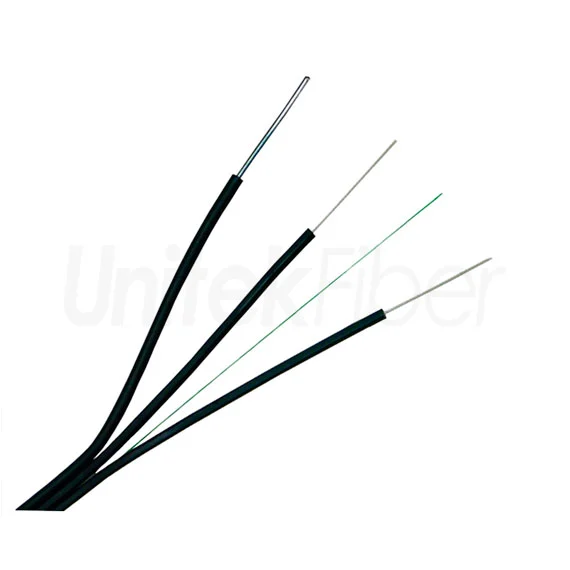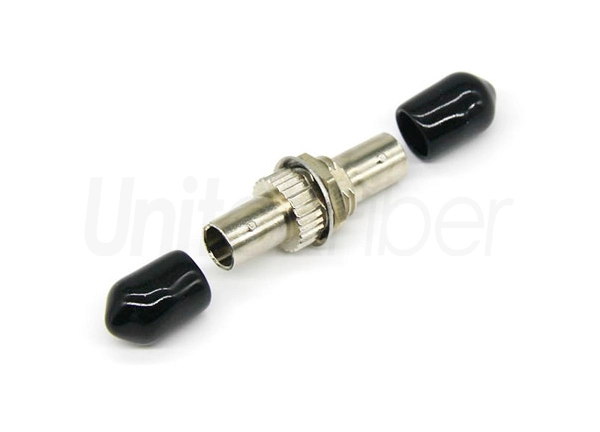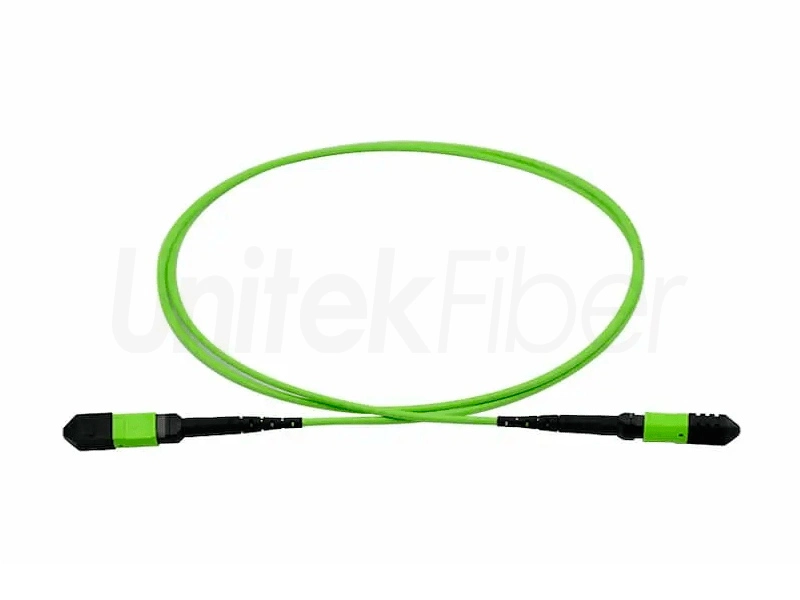
SFP transceiver is currently the most widely used transceiver module in the global market. SFP module has been a reliable and important component in various networks, including Gigabit Ethernet, Fiber Channel, PON and other applications. You could get information about better understand how to choose the right SFP optical module for your network in this article. Our team of experts has carefully selected the perfect selection for 1.25G transceiver module, don't miss out and click to make your purchase!
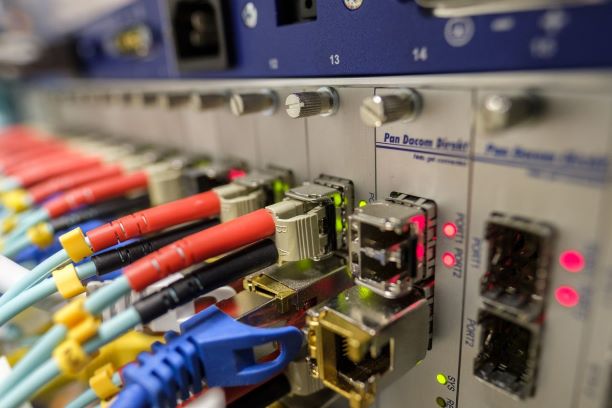
Deploying SFP links on your network goes far beyond inserting a single fiber transceiver into the Ethernet switch port. To optimize network performance, you’ll need to specify the right single-mode fiber transceiver type or multi-mode fiber transceiver for your industrial switch application. Although there are many types of SFP modules on the market, the list can be narrowed down to five form factors: 1.25G SFP, 10GSFP+, 25G SFP28, 40G QSFP+, and 100G QSFP28, 400G QSFP-DD, OSFP or etc.
But before we address those, let's look at some basic information you'll need to know before you buy.
Speed is a major concern. What data rate does your network need to operate? You have to answer this question first. Then, Think about the future and how your data rate will grow over time. When you consider both aspects of data rate, you can choose the right transceiver module. A higher data rate does not always mean a better network. Balancing your network performance needs and cost budget is more important. While there are a variety of fiber transceiver that can handle a variety of data rates, the most popular optical transceiver is generally in the following data rate categories: 1 Gbps/10 Gbps/25 Gbps/40 Gbps/100 Gbps/400 Gbps/800 Gbps.
In fiber optics, wavelength is one of the most limiting factors. Wavelength will impact the system's speed, coverage, compatible hardware, and other aspects of network. Shorter wavelengths achieve higher speeds, but longer wavelengths can transmit signals farther. You can consider the three most common wavelengths and how they affect range. An 850nm wavelength can only transmit about 500 meters; a 1310nm wavelength can transmit 40 kilometers; a 1550nm wavelength can transmit over 40 kilometers;

How far is the signal traveling? You already considered range a little when you picked your wavelength, but there's more to the equation. Pairing the right optic patchcord, with the right fiber optic transceiver to achieve the most efficient and stable throughput for your data is really what matters at the end of the day. Single-mode (SMF) vs multi-mode fiber (MMF) impacts range considerably. Single-mode fiber has a much larger reach at higher costs, while multimode fiber is advantageous in price with higher data rate capabilities.
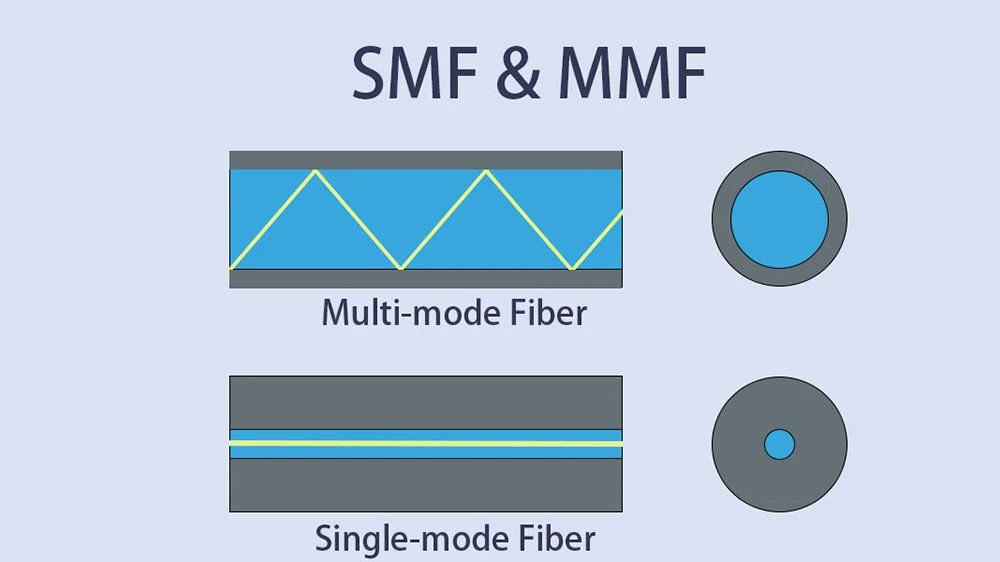
Choose a transceiver that supports the distance between the switch and the interface of the device you want the switch to connect. Transceiver distances are broken down into: “SR” for 1,804 ft (550 m) on MMF; “LR” for 6 mi (10 km) on SMF; “ER” for 25 mi (40 km) on SFM; “ZR” for 50 mi (80 km) on SFM.
Fiber networks operate in all kinds of environments, a data center is substantially different from an outdoor monitoring network. In a industrial environment, you'll need a rugged optic transceiver with an industrial-grade temperature range of -40 to 185°F (-40 to 85°C), not a commercial-grade one with a more limited range of 32 to 158°F (0 to 70°C). If not, the transceiver module may fail in extreme heat or cold, taking the signal and network connection with it.
Before purchasing fiber modules, it's essential to know what type of network equipment they will be used with and the architecture of the network. What will the optical modules be plugged into? Determine the extent to which the host platform restricts third-party sources. Can you only use OEM fiber modules from the host, or is it open to other sources?
Choose transceiver module from reputable manufacturers to ensure quality and reliability. Look for transceivers that meet industry standards and have a proven track record of performance and durability. By considering these factors, you can select Ethernet SFP transceivers that are compatible with your network infrastructure, meet your performance requirements, and provide a reliable and cost-effective solution. UnitekFiber as a perfessional fiber transceiver manufacturer, we offer all kindly of transceiver module, if you have any support, please don't hesitate to reach out to us at sales@unitekfiber.com.

